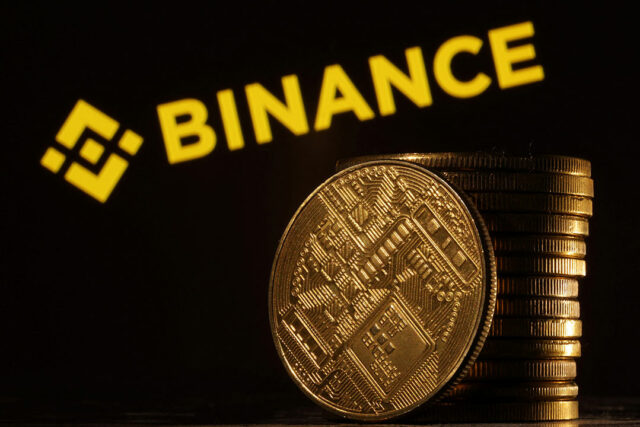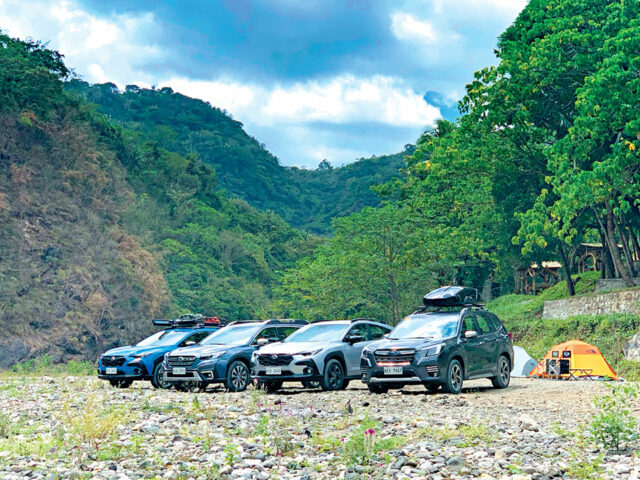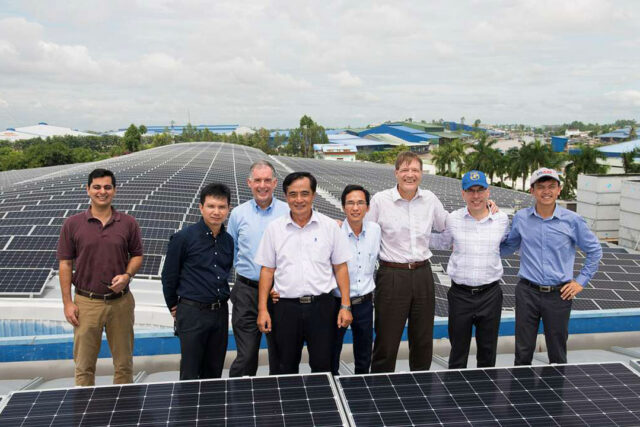Ban on Binance seen to chill crypto landscape
By Revin Mikhael D. Ochave, Reporter
THE PHILIPPINES’ ban on the crypto exchange Binance may have a “chilling effect” on the industry, according to analysts.
“Overall, this action of the Securities and Exchange Commission (SEC) sends a chilling effect to all other exchanges, whether they are international or locaI,” Innovative Movement of the Philippine Association of Crypto Traders (IMPACT) Founding Chairman Arlone P. Abello said in a Viber message last week.
“The time will come that questions may arise,” he added.
Last week, the SEC requested the National Telecommunications Commission (NTC) to block access to Binance for operating in the Philippines without a license. Subsequently, the NTC ordered internet service providers to block access to the cryptocurrency giant.
Jiro Luis S. Reyes, chief executive officer of the Filipino-led crypto education platform Bit-skwela, said in a Viber message that the ban on Binance is a “net negative” for the country as it would affect adoption in the short term.
“This will definitely affect adoption, openness, and the financial benefit for Filipinos at least in the short run. This kind of opportunity in crypto only happens every few decades. We don’t know how long it would take before the next global opportunity like this would occur. It would cost us too much in the long run to shy away from this emerging sector,” he said.
Investments made by Filipinos in Binance are still intact, with the ban only barring access to the crypto exchange’s domain, he noted.
He also said the SEC’s ban could be bypassed with the use of a virtual private network (VPN) or a different domain name system (DNS).
“If you access the site through a VPN, from another country, or a different DNS, then as of writing, you may still access Binance. But these fixes may only be short-term and can be covered by either the SEC or Binance if they choose to do so.”
For his part, Nichel Merlimichael O. Gaba, chief executive officer and founder of the Philippine Digital Asset Exchange (PDAX), said the domestic ban on Binance signals the maturation of the crypto industry and its increasing acceptance.
“The fact that it’s no longer just available in offshore platforms but in also Bangko Sentral ng Pilipinas-licensed financial institutions means we’re heading in the direction where crypto will be more accepted (by) institutions,” Mr. Gaba told reporters on the sidelines of a media briefing last week.
“What would it mean for Filipinos who are using Binance? They will have to transition. It might not be an easy experience… But it’s a transition that ultimately helps crypto grow into a mature and institutional industry… As crypto becomes more popular, we can expect regulators to continue raising the standards,” he added.
Mr. Reyes said he remains optimistic about the growth of crypto in the country.
“Given that the majority of Filipinos are turning to local or international alternatives, this slump will be picked back up in the medium to long run. We’re in a bull run, and Filipinos simply won’t and can’t afford to miss this chance,” he said.
The ban on Binance will have a positive impact on local exchanges such as PDAX and Coins.ph since these are registered as virtual asset service providers (VASPs), he noted.
“Why doesn’t Binance just get a VASP? The quick answer is they can’t… They would have to buy an existing one if they wanted to get a hold of it,” he added.
On Sept. 1, 2022, the Bangko Sentral ng Pilipinas imposed a three-year moratorium on the issuance of new VASP licenses, subject to reassessment based on market developments and the impact of existing VASPs on the financial system.
For Mr. Abello, the ban will not have a significant effect, as traders will find other means to transfer their funds.
“I don’t think this (the ban) is going to dampen the appetite of traders, knowing I’ve seen many communities that will look for other means or other wallets to transfer their assets rather. However, from a perspective of a trader, they will be more a bit mindful of secondary exchanges, so they will transfer to those recognized in the Philippines such as Coins.ph,” he said.
He also said that crypto stakeholders are considering using legal means in response to the ban on Binance.
“We’re expecting that some people who have legal knowledge can question this approach through the Court of Appeals in the form of a temporary restraining order.”
Moving forward, Mr. Abello said there should be discussions between regulators and stakeholders instead of imposing bans.
“Aside from the SEC banning, they need to have guidance on what needs to be done. They need to have clarity because if we don’t provide clarity, what will happen is that these traders might fall into scams, meaning we need to give them guidance on how to properly use their funds,” he added.


























